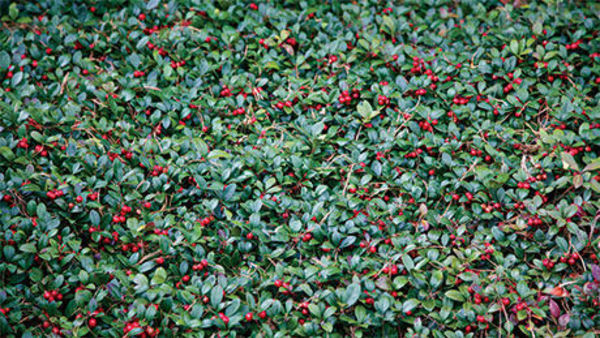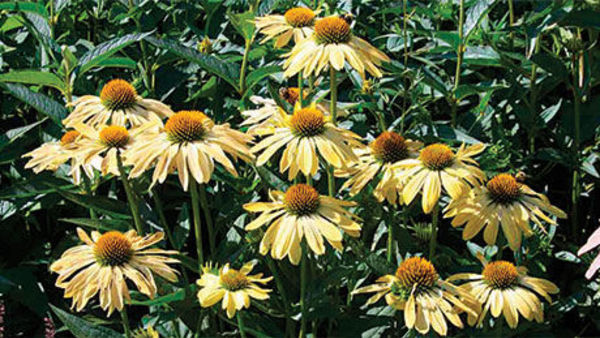 |
Overused: Lilac (Syringa vulgaris cvs.) Photo: Joshua McCullough |
1. Beautybush
Name: Kolkwitzia amabilis
USDA Hardiness Zones: 5 to 9
Size: 10 to 12 feet tall and wide
Conditions: Full sun to filtered shade; adaptable to a range of soils
If you’re looking for a spring-flowering plant with multiseasonal interest, consider beautybush, with its upright vase shape and dense, finely textured, arching branches. For two weeks in late spring, the plant is covered with bell-shaped pink flowers. Fall foliage ranges from yellow to cinnamon, and winter reveals unique, exfoliating, light gray-brown bark. Beautybush tolerates dry soil once established and elevations up to 7,500 feet. It benefits from hard pruning and is deer resistant.
|
|
Overused: Russian sage (Perovskia atriplicifolia) Photo: Michelle Gervais |
2. Lead Plant
Name: Amorpha canescens
Zones: 2 to 8
Size: 3 to 5 feet tall and wide
Conditions: Full sun; well-drained, sandy or rocky soil
Russian sage is a bore; its tiny nondescript flowers hang on and on, like a guest who doesn’t share in the conversation. Next time, invite native lead plant to the party. From mid- to late summer, lead plant sports spikes of densely packed, purple-blue flowers, which are an important nectar source for butterflies, bees, and other insects. With its moderate-size, upright, rounded form, it is good company in a xeric border and will tolerate elevations up to 8,000 feet. Its fernlike, gray-blue foliage provides a nice contrast to other plants. It is deer and rabbit resistant.
 |
Overused: ‘Karl Foerster’ feather reed grass (Calamagrostis × acutiflora ‘Karl Foerster’) Photo: Brittany Leandra |
3. Big Bluestem
Name: Andropogon gerardii
Zones: 2 to 7
Size: 4 to 6 feet tall and 2 to 3 feet wide
Conditions: Full sun; adaptable to a range of soils
‘Karl Foerster’ feather reed grass is a star among ornamental grasses, but it’s time to give a native the spotlight. Big bluestem is the predominant species of the tall-grass prairie. Its size makes it a valuable plant for borders, meadow gardens, and even containers, but its color makes it special. Silvery blue foliage during summer changes to a copper hue that glows in the soft, low sunlight of fall and winter. Late-summer seed heads form a unique arrangement of three spikes and are the reason for its other common name: turkey foot. It will tolerate elevations up to 9,500 feet.
Jocelyn H. Chilvers is a landscape designer and garden coach in Denver, Colorado.
Photos, except where noted: Bill Johnson





















Comments
Log in or create an account to post a comment.
Sign up Log in